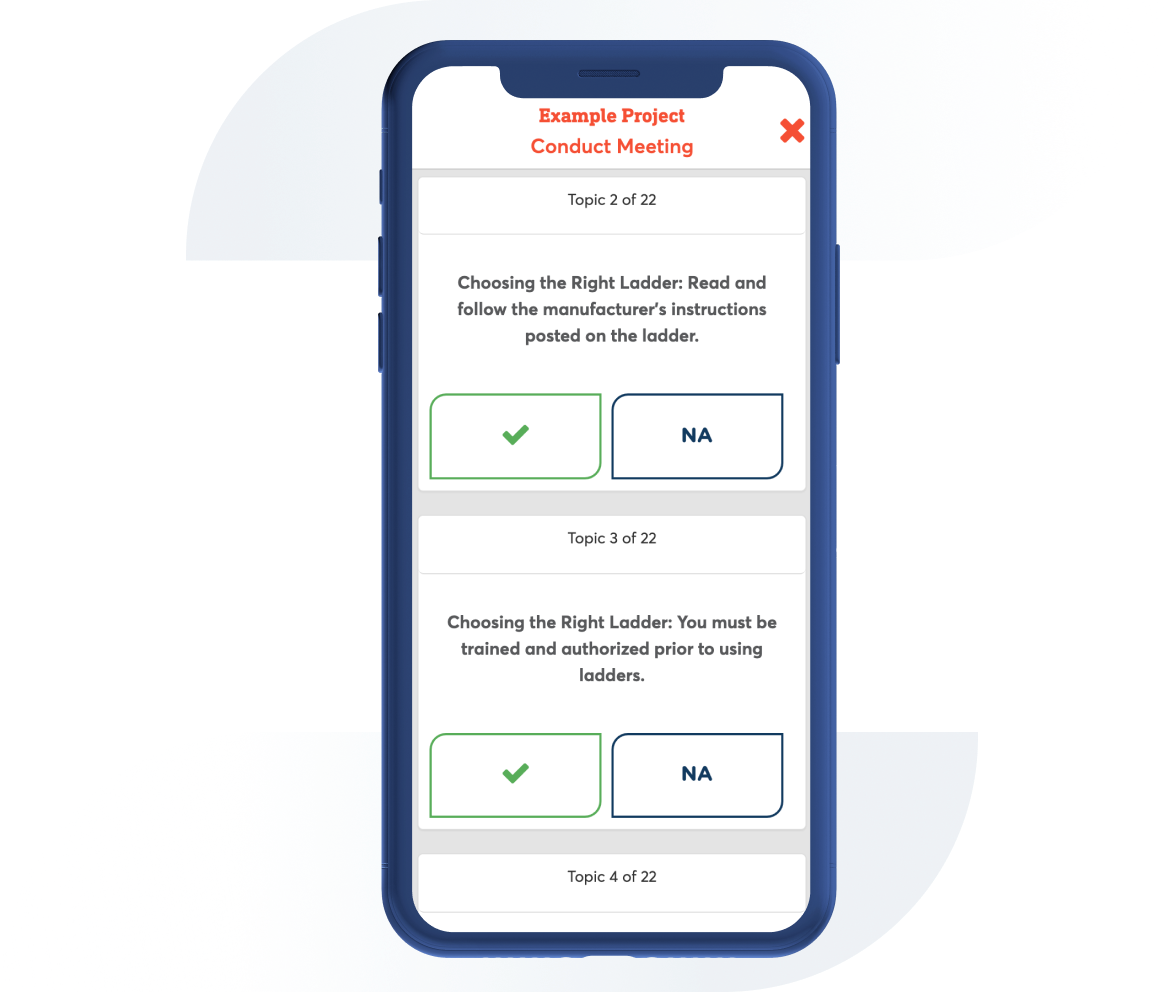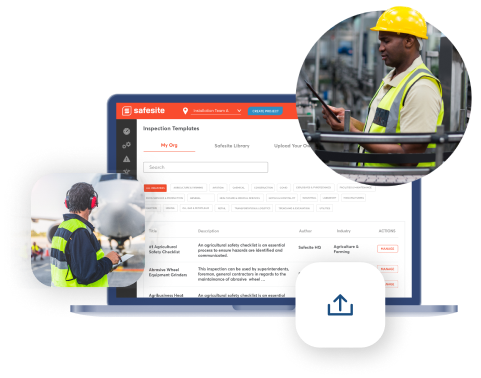Forklift Operator Safety Meeting
Contributor: Safesite Jurisdiction: OSHA
Your forklift operators have one of the most hazardous jobs in the workplace. Use this meeting to review safe PIT driving practices in the field or warehouse.

1. A forklift is a powerful tool that allows one person to precisely lift and place large heavy loads with little effort. Using a tool such as a forklift, cart or hand truck instead of lifting and carrying items by hand can reduce the risk of employee back injuries. However, there is great risk of injury or death when a forklift operator has not been trained in the principles that allow a forklift to lift heavy loads, is not familiar with how a particular forklift operates, operates the forklift carelessly, or uses a forklift that is not safe due to malfunctioning parts. Cornell University employees utilize nearly fifty forklifts throughout campus. These include electric and propane-powered forklifts as well as motorized pallet jacks. All operators must receive classroom safety training and an evaluation of their driving skills by EHS.
2. GENERAL FORKLIFT FACTS: All forklifts must have an ID plate – showing vehicle weight, lifting capacities, and other key safety data. All forklifts must be equipped with a seatbelt. The seatbelt must be worn at all times. Only one person may ride on a forklift at any time. Do not lift anyone on the forks, unless you have an approved personnel lift attachment. Forklift operators must receive training and an evaluation of their driving skills at a minimum of every three years. EHS must provide this training.
3. INSPECTION AND MAINTENANCE: Before each use, visually inspect the forklift for the ID plate, tire condition, leaks, forks/mast, chains and seat belt. Utilize the EHS Forklift Inspection Checklist as needed. Inspect operation of brakes, hydraulic controls, lights, back up alarm, and horn before each operation. If any item is missing or not operating correctly, report it immediately to your supervisor and do not operate. Maintain a maintenance schedule according to the manufacturer. When refueling, ensure all ignition sources are removed and adequate ventilation is present.
4. FORKLIFT OPERATION: Operate the forklift with a defensive driving mentality. Operators must maintain control of the vehicle at all times. Pedestrians always have the right of way. When lifting a load, check to ensure load stability and weight limitations. Insert forks into load as far as possible. Lower load to travel height (4”-6” typically) as soon as possible. If vision is blocked, drive in reverse or use a spotter. Maintain stability to reduce the risk of tip-over. Watch for poor surface conditions, travel slow, never raise a load while in motion, avoid sharp turns, and use caution on inclines and loading docks. When parking, always shift into neutral, lower forks to ground level and set parking brake. If the operator is leaving the forklift unattended, turn off and remove the key. When traveling on roadways, observe all traffic laws. Each forklift that travels on a roadway must have an orange slow-moving-vehicle triangle.
5. Write Comments or Remarks here:
Additional Comments

Can't find what you are looking for?
